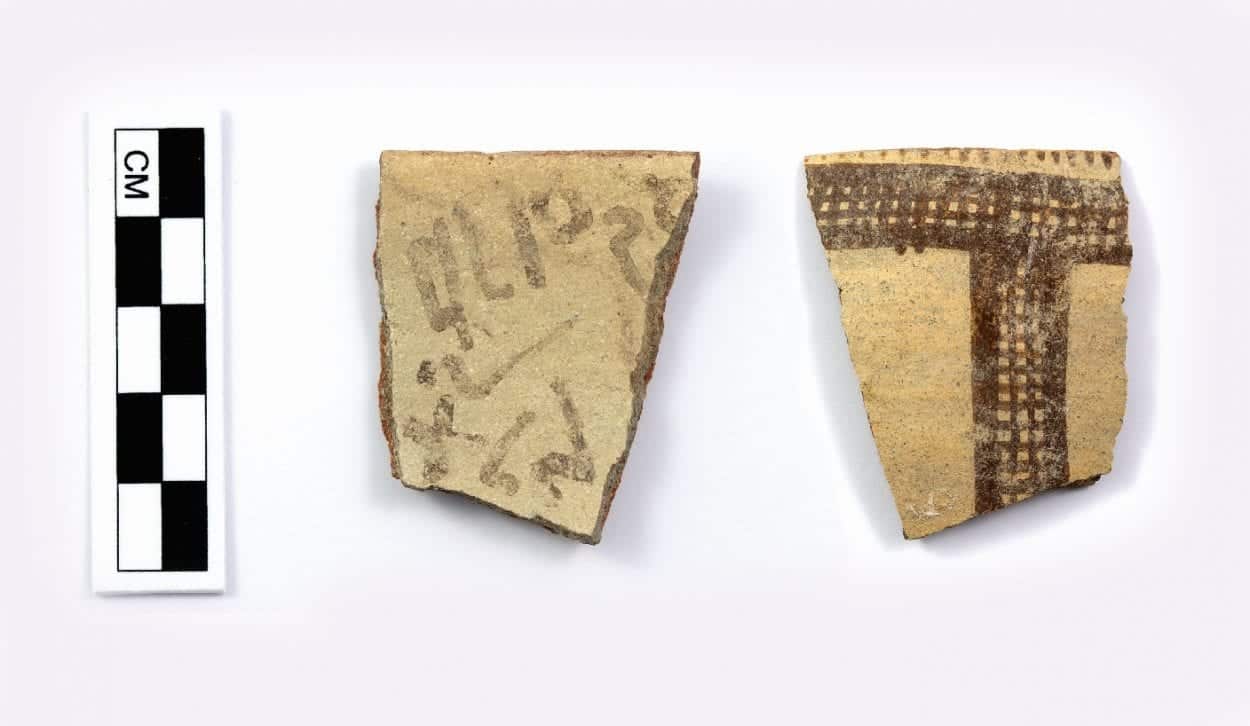Archaeologists have found an important early example of the alphabet at Tel Lachish, Israel, from around 1450 BC.
Researchers had previously found evidence of the alphabet developing in the Sinai peninsular, around 1800 BC and eventually spread to the Levant around 1300 BC. From there, it began to spread around the Mediterranean, eventually developing into the Greek and Latin alphabets.
However, the evidence between the emergence of the alphabet in the Sinai and its arrival in the Levant was lacking. As such, this new find – an inscription on a pottery sherd dating to around 1450 BC – serves as an important ‘missing link’ for this gap in the alphabet’s history.
“This sherd is one of the earliest examples of early alphabetic writing found in Israel,” said Dr Felix Höflmayer from the Austrian Academy of Sciences and lead author of the research.
The discovery was made by an Austrian archaeological team at the site of Tel Lachish in the Shephelah region, in modern-day Israel, and published in the journal Antiquity.
At the time, Tel Lachish was an important settlement mentioned in ancient Egyptian documents from the period. It appears to have been a hub of activity, with imports from Egypt, Cyprus and the Aegean, along with several monumental structures. It was near one of these that the sherd was found.
The pottery fragment itself is just under 4 cm tall and appears to have been part of the rim of an imported Cypriot bowl. The inner surface is inscribed in dark ink, preserving a handful of letters written diagonally.
These serve as a snapshot of early alphabet history, with most of them still similar to the Egyptian hieroglyphs they were originally based on. Although the fragmentary nature of the sherd makes translation difficult, the researchers suggest it may spell out ‘slave’ – perhaps part of someone’s name – and ‘nectar’ or ‘honey’. Read full article – Click Here
Header Image Credit : Antiquity







